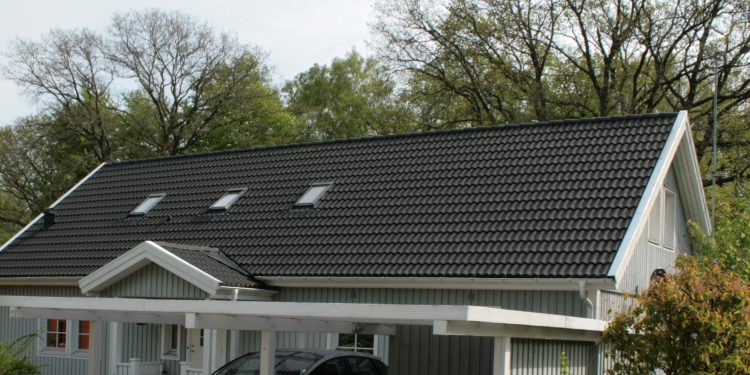New mortgage measure finally in place for risky loans
With the announcement of the new housing mortgage measure to be implemented as of 2018, a sigh of relief was heard from both the financial institutions and the real-estate agencies.
By Bente D. Knudsen
Confusion was great when the Danish Minister of Industry, Business and Financial Affairs, Brian Mikkelsen, decided to annul the new financial measures concerning real estate loans only one day before they were to come into effect on 1 October this year.
The 1 October measures had been specifically aimed at the overheated real estate markets in the larger cities, notably in and around Copenhagen as well as Aarhus. The minister asked for time to review the planned new measures and to find out if they should be substituted by more suitable ones.
On Monday 26 October the Ministry of Industry, Business and Financial Affairs (in Danish Erhvervsministeriet) announced that new measures would be put in place as of 1 January 2018, and that these new measure would affect all real estate loans that were considered to be risky, independently of the real estates’ geographical location.
The article continues below.
Most home-seekers in Denmark obtain a mortgage from the bank or a mortgage credit institution of up to 80 percent of the home’s value, in Danish the realkreditlån. The remaining amount, which typically constitutes a down payment, can either be paid out-of-pocket or through an additional bank loan, however five percent must be financed by the home-owner’s own savings.
Two main types of mortgages are available: fixed-rate and flexible-rate loans, and they can be capped or interest-only (10 year so called afdragsfrie lån in Danish).
Due to the low interest rates, an increasing number of Danish home-owners have been able to obtain high-risk loans, i.e. loans for houses that are worth more than four times the owner’s annual income. At the same time they may have chosen the cheapest loans, those that have a flexible rather than fixed interest rate, as well as loans that are interest only, the afdragsfrie lån.
This has led to rising prices in the capital as well as in Aarhus, and a large amount of risky loans have been issued exposing both home-owners, as well as banks and mortgage institutions, to potential problems should interest rates rise in the future.
The article continues below.
The new measure announced on 26 October 2017 will take effect as of 1 January 2018. It still aims at reducing the amount of home-owners with risky loans but with a different measure put in place than the originally planned one.
From this date, mortgage institutions and banks can no longer issue loans that are interest-rate flexible to new home owners, who wish to purchase a house worth more than four times their annual income and where the house mortgage constitutes more than 60 percent of the loan needed
These so called at risk home-owners will no longer be able to get:
• A loan with a variable interest rate – ie, the interest rate is only fixed for five years or less, for instance a so-called F1-loan, whether interest-only or capped
• A loan with a variable rent for five years or more – for instance an F5-loan and with interest-only payments
All other loan types will not be affected by the new measures. So for instance for home-owners who only need to finance less than 60 percent of their home through loans there are no limitations on the type of loans banks and mortgage lenders can offer.
For home-owners who need to finance more than 60 percent of their home through loans, the only limit, to the kind of loan they can get, is the ratio of their annual income to the loan. If it is a high risk loan, it will have to be an interest fixed loan -typically a 30 year fixed interest rate – in Danish the fast-forrentet lån.
The article continues below.
Therefore, the new measures are only a question of which kind of loans a homeowner with a high debt rate can get. There are no changes in the possibilities of getting a loan nor of how the credit worthiness is assessed.
The City of Copenhagen is host to a housing fair at Dansk Industri,H.C. Andersens Boulevard 18, on Thursday 2 November from 17:00 to 19:00, – only access is through a preliminary sign-up more information here
The participants present at the fair are housing organisations, rental companies, legal advisers, municipal offices, real estate agents, buying advisers, Danish mortgage banks etc. The fair is free of charge for any expats wanting information concerning buying or renting in Denmark.
Take note to always get more than one loan offer – get at least three from three different banks – also as a foreigner you may be asked to put a higher down payment than the legally required five percent – for instance Nykredit may ask you to provide up to 15 percent – depending on who you are – i.e how long you have lived in Denmark and what your employment situation is.


